Physical Address
304 North Cardinal St.
Dorchester Center, MA 02124
Physical Address
304 North Cardinal St.
Dorchester Center, MA 02124
Certain regular spices like cayenne pepper, ginger, cinnamon, turmeric, black pepper, garlic and mustard can boost metabolism by helping thermogenesis, enhancing digestion, controlling blood glucose, reducing inflammation and optimizing nutrient absorption.

Metabolism encompasses all biochemical processes that convert food into energy, supporting vital functions like cell repair, growth, and waste elimination. This complex system is influenced by factors including genetics, body composition, physical activity, and diet, with a slower metabolism often contributing to weight gain and reduced energy levels. The metabolic rate can be optimized through strategic dietary choices, particularly by incorporating certain bioactive compounds found abundantly in traditional Indian spices.
Several Indian spices have demonstrated remarkable metabolism-boosting properties through various mechanisms. Turmeric contains curcumin which enhances insulin sensitivity and reduces inflammation, while black pepper’s piperine improves nutrient absorption and stimulates digestive enzymes. Cinnamon helps regulate blood sugar by mimicking insulin action, and ginger increases thermogenesis while reducing hunger hormones. Fenugreek seeds improve glucose metabolism through their fiber content, while cayenne pepper’s capsaicin activates brown fat thermogenesis to burn more calories. These flavorful additions not only enhance culinary experiences but provide a natural approach to supporting metabolic health when incorporated regularly into one’s diet.
Here are 7 spices that help with metabolism:
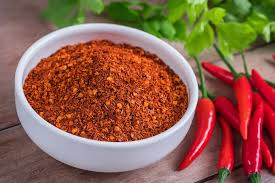
Cayenne pepper contains capsaicin, which enhances metabolism through thermogenesis—the process of heat production that burns calories. This compound activates brown adipose tissue, which specializes in burning calories rather than storing fat. Research shows capsaicin can temporarily increase metabolism by up to 5% and fat oxidation by up to 16%, while also reducing appetite. Regular consumption helps maintain these benefits, supporting weight management and metabolic health.

Cinnamon regulates blood sugar levels through its active compound cinnamaldehyde, which improves insulin sensitivity by activating insulin receptors. This allows cells to utilize glucose more efficiently and prevents blood sugar spikes that lead to fat storage. Just half a teaspoon daily can reduce fasting blood glucose and decrease insulin resistance. Cinnamon also slows carbohydrate digestion and increases metabolism through thermogenesis, helping burn more calories while satisfying sweet cravings without added sugar.
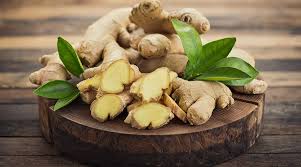
Ginger contains gingerols and shogaols that stimulate thermogenesis and enhance fat oxidation, particularly during exercise. These compounds improve digestive efficiency by increasing enzyme production and accelerating gastric emptying for better nutrient processing. Ginger also reduces hunger by modulating hormones like leptin and ghrelin, potentially preventing overeating. Its anti-inflammatory properties combat metabolic inflammation—a condition associated with obesity and metabolic syndrome—supporting overall metabolic function.
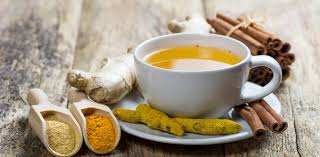
Turmeric’s active compound curcumin enhances metabolism by increasing insulin sensitivity and improving glucose uptake. It activates AMPK, an enzyme that regulates cellular energy and stimulates metabolic activity. Turmeric’s anti-inflammatory properties combat chronic inflammation linked to metabolic dysfunction. Research shows curcumin helps prevent fat tissue growth by inhibiting new blood vessel formation in fat tissue and reducing fat storage gene expression. For maximum benefits, pair turmeric with black pepper to enhance absorption.
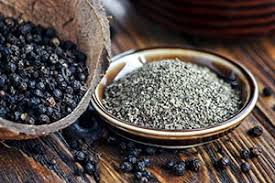
Black pepper contains piperine, which interferes with new fat cell formation and enhances breakdown of existing fat cells. This alkaloid increases metabolic rate by triggering catecholamine release, hormones that stimulate thermogenesis. Black pepper improves digestion by stimulating hydrochloric acid and digestive enzyme production, ensuring efficient nutrient breakdown. Additionally, piperine inhibits certain liver and intestinal enzymes, prolonging the active time of beneficial compounds in the bloodstream and maximizing their metabolic benefits.
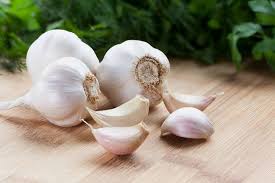
Garlic’s organosulfur compounds, particularly allicin, enhance fat metabolism by increasing expression of genes involved in fat breakdown while decreasing those associated with fat synthesis. Studies show garlic supplementation can reduce body fat and waist circumference while preserving lean muscle. Garlic improves insulin sensitivity, helping cells respond more efficiently to insulin and reducing fat storage. Its cardiovascular benefits support healthy circulation—essential for optimal metabolic function—while its antimicrobial properties help maintain balanced gut flora.